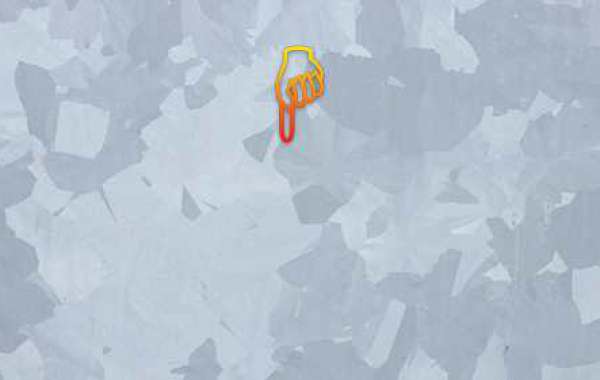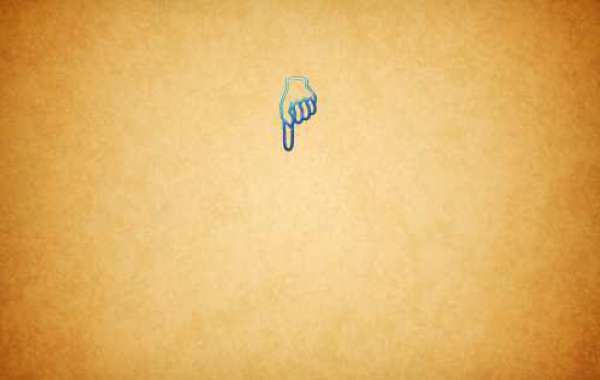The shoulder is a great joint that allows us to lift, rotate, and extend our arms in ways few other animals can, but it comes at the cost of being vulnerable to injury. From arthritis and tendonitis to frozen shoulder syndrome and impingement syndrome, many common types of shoulder pain can be tricky to treat or even diagnose. This article will look at three common types of shoulder painrotator cuff tendinitis, bursitis, and frozen shoulderand how you can treat them.
The different types of shoulder pain
Three different types of shoulder pain can be experienced, aching shoulder pain, sharp shoulder pain, andposterior shoulder pain. Aching shoulder pain is caused by inflammation due to injury or arthritis, while sharp shoulder pain is usually due to muscle spasms in the rotator cuff muscles. Posterior shoulder pain occurs when the arm's ball joint meets the socket in the back of the skull. To treat these symptoms, use home remedies such as ice therapy, anti-inflammatory medication, or joint mobility exercises.
The difference between pain in the front, back, and side of your shoulder
Aching shoulder pain - Generally not a severe injury. As a result, it will often go away on its own. Repetitive movements cause this type of pain. Sharp shoulder pain - A more severe injury, as the muscles and tendons around the rotator cuff may be torn or otherwise damaged. Posterior Shoulder Pain - This type of shoulder pain is joint in people who sit at their desks for prolonged periods due to improper posture or wearing heavy work clothes such as backpack straps
How to treat each type of shoulder pain
#1 Frozen Shoulder Exercise is also necessary in addition to physical therapy. The goal is to loosen the muscles in your shoulder and improve your range of motion. Your doctor may prescribe anti-inflammatory medication, but icing the joint two times a day for fifteen minutes is still an effective treatment option. #2 Rotator Cuff Injury Exercises are necessary for this type of injury.
Read also:How to Get Rid of Cankles: The Best Way to Cure Your Cankles








